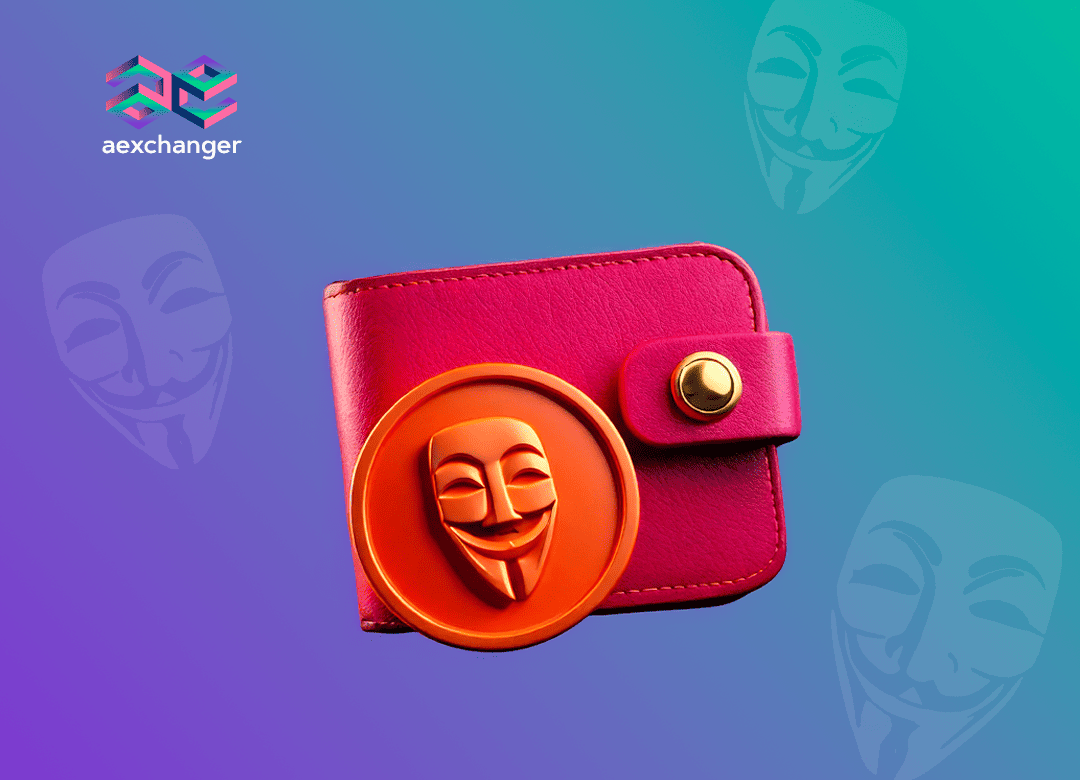2024-06-06 10:41:09
EU Bans Anonymous Crypto Wallets?

New KYS and AML Requirements
In March 2024, the European Union approved a partial ban on anonymous crypto transactions and cash payments. It was reported that the new rules would become part of the EU Anti-Money Laundering Regulation (AMLR). These plans have sparked a heated debate about the balance between fighting financial crime and preserving citizens’ rights to privacy.
We decided to investigate the intricacies of European legislation to determine how the new rules would actually work and debunk the rumors surrounding them.
How did Patrick Breyer’s scandalous post spread disinformation?
After the European Parliament’s (EP) Economic and Monetary Affairs Committee approved the new AMLR regulations, MEP Patrick Breuer published a post on social media platform X criticizing the new restrictions.
The post emphasized that the law prohibits:
- anonymous cryptocurrency transfers via custodial wallets without a minimum threshold
- anonymous cash payments over EUR 3,000 and cash payments over EUR 10,000 in business transactions.
According to Breyer, the ban on anonymous payments will have a minimal impact on crime, but it will also deprive innocent citizens of financial freedom. He also believes that the EU’s “war on cash” and its gradual abolition could lead to negative interest rates and increased dependence on banks.
The media and social networks, misinterpreting Breyer’s message, began to spread information that any crypto payments made through unidentified crypto wallets, including cold ones, would be effectively banned in the EU. In particular, Finbold published an article with the initial headline “Anonymous crypto wallets are now illegal in the EU,” whose author used Patrick’s publication as the primary source. It quickly went viral and caused a flurry of activity on social media.
What is the difference between custodial and non-custodial wallets?
Before we proceed to the interpretation of the law, let’s find out what types of wallets are available:
1. Non-custodial (cold) wallets are storages that give the owner complete control over private keys. This category includes mobile, browser, and hardware storages. They allow you to make transfers anonymously and do not have access to user assets.
2. Custodial (hot) wallets are wallets whose private keys are stored by a third party (crypto exchange or other services). Such wallets cannot work without an Internet connection. You usually need to pass KYC (identity verification) to activate them.
What do experts say about the new Regulation?
Director of EU Strategy & Policy Patrick Hansen quickly debunked the rumors surrounding the new rules and advised to read the full text of the law before drawing conclusions: “Non-custodial wallets are not banned, nor are the activities of their service providers. Payments to/from non-custodial wallets are not prohibited. P2P transfers have been excluded from the AMLR (which means that they do not need to go through KYC). However, depending on the merchant settings, it will be more difficult or even impossible to pay with cryptocurrency for, say, purchases using a cold wallet without KYC. These changes were agreed upon several months ago, along with lowering the thresholds for anonymous cash payments.”
Hansen explained that AMLR is not a cryptocurrency regulation but a broad anti-money laundering/anti-terrorist financing framework that applies to institutions classified as “obligated entities” (OEs). These include all financial institutions, the so-called “CASPs” (Crypto-Asset Service Providers), and other organizations associated with AML/CFT risk.
However, AMLR does not apply to the activities of hardware and software providers that do not have access to or control over users’ crypto assets. We are talking about such wallets as Ledger, Trust Wallet, MetaMask, etc.
All CASPs, such as centralized crypto exchanges, regulated under the Markets in Crypto Assets Act (MiCA) must follow standard KYC/AML procedures. However, according to Hansen, they are already subject to these obligations under current legislation. This may only affect Bitcoin Lightning wallets (an extension of the Bitcoin network that uses the Lightning Network technology to improve the speed and scalability of transactions) that do not require KYC. An example is the Satoshi Wallet.
MiCA is a regulatory framework proposed by the EU for regulating digital assets and their markets, which entered into force in June 2023 and will be fully applicable from December 30, 2024.
What do the new AMLR rules provide for?
Let’s summarize:
1. AMLR (Article 58) prohibits CASPs from providing services to anonymous users.
2. CASPs cannot add anonymous coins to listings (MiCA also prohibits this).
3. AMLR requires “risk mitigation” for transfers between CASPs and non-custodial wallets. Possible measures are the collection of blockchain analytics, additional data on the origin of funds and purpose of payments, etc.
4. Cash payments for purchases of up to EUR 10,000 are limited, and individuals making payments of EUR 3,000 or more must be verified.
5. Holders of cold wallets will be able to continue using the tokens stored on them for P2P transfers and payments for goods or services.
6. Holders of hot wallets for paying for purchases must undergo KYC/AML checks if the transaction amount (single or combined) exceeds EUR 1,000.
The new AMLR requirements will be applied in 2027.






 You can share
You can share

